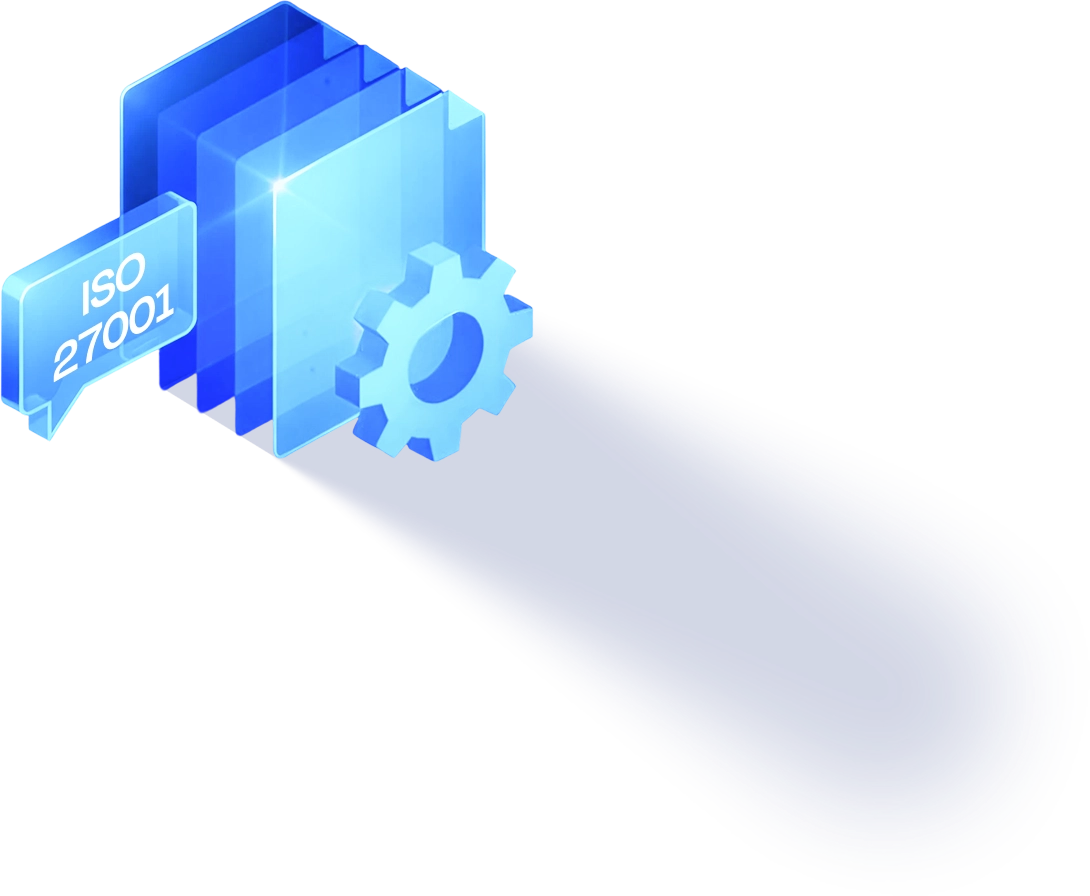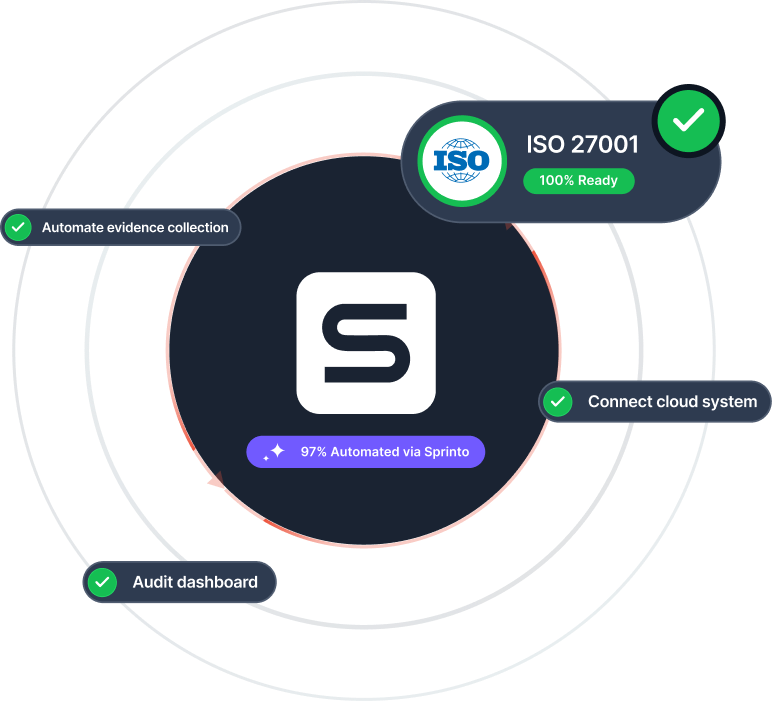Risk analysis and assessment
An ISO 27001 risk assessment is a systematic process that enables organizations to identify, evaluate, and address information security risks to protect their assets effectively. The risk assessment is central to protecting your ISMS (Information Security Management System), and the ISO 27001 standard definitely takes a proactive approach.
The key steps or milestones involved in the ISO 27001 risk assessment process are:
1. Identifying risks, threats and vulnerabilities
Finding risks involved having an inventory of information assets, including software, hardware, databases, and intellectual property. For each asset, determine potential threats and vulnerabilities that could compromise its confidentiality, integrity, or availability.
2. Assigning risk owners
Specific people should be responsible for keeping an eye on certain risks and handling them with the right plans. When everyone knows who’s in charge, risks are managed better.
3. Analyzing the risks
A risk analysis can be quantitative or qualitative. It can use tools such as risk matrices, risk registers, dashboards, etc. You can categorize risks as low, medium, or high or analyze them by assigning numerical scores.
4. Calculating risk impact
Risks can impact different businesses differently. There are many factors at play here, such as financial, legal, regulatory, and reputational consequences. You need to assess how each type of risk will impact your organization and its business processes.
5. Deploying risk mitigation/treatment plans
Risk mitigation or treatment can be done either by implementing controls, transferring the risk, for example, through insurance, accepting the risk if it’s within the organization’s risk tolerance, or avoiding the risk by altering business practices.
The key steps or milestones involved in the ISO 27001 risk assessment process are:
1. Identifying risks, threats and vulnerabilities
Finding risks involved having an inventory of information assets, including software, hardware, databases, and intellectual property. For each asset, determine potential threats and vulnerabilities that could compromise its confidentiality, integrity, or availability.
2. Assigning risk owners
Specific people should be responsible for keeping an eye on certain risks and handling them with the right plans. When everyone knows who’s in charge, risks are managed better.
3. Analyzing the risks
A risk analysis can be quantitative or qualitative. It can use tools such as risk matrices, risk registers, dashboards, etc. You can categorize risks as low, medium, or high or analyze them by assigning numerical scores.
4. Calculating risk impact
Risks can impact different businesses differently. There are many factors at play here, such as financial, legal, regulatory, and reputational consequences. You need to assess how each type of risk will impact your organization and its business processes.
5. Deploying risk mitigation/treatment plans
Risk mitigation or treatment can be done either by implementing controls, transferring the risk, for example, through insurance, accepting the risk if it’s within the organization’s risk tolerance, or avoiding the risk by altering business practices.
ISO 27001 Risk Assessment & Management
ISO 27001 Series
Basics
Certification Process
Policies & Management
Risk Management
Resources & Templates
Sprinto: Your ally for all things compliance, risk, governance



